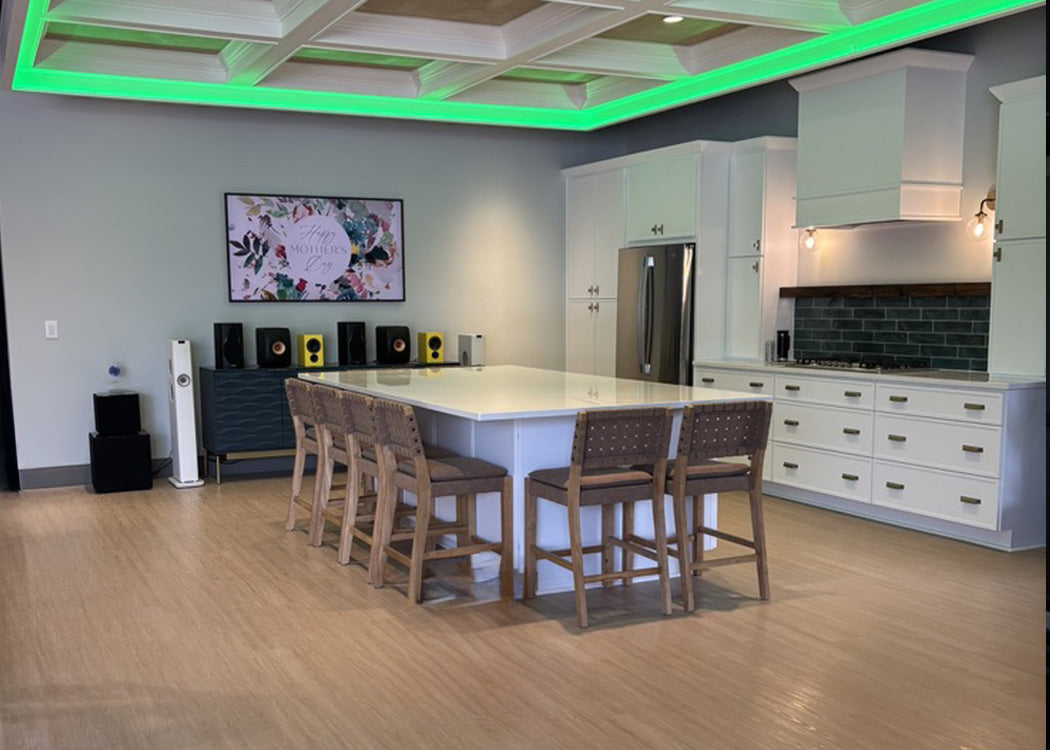JBL Stage 2 Series Speaker Overview




JBL Stage 2 260F 2.5-Way Dual 6.5-inch Floorstanding Loudspeaker - Each
$329.95

JBL Stage 2 280F 2.5-Way Dual 8-inch Floorstanding Loudspeaker - Each
$399.95

JBL Stage 2 240B 2-Way 4.5-inch Bookshelf Loudspeaker - Pair
$199.95

JBL Stage 2 250B 2-Way 5.25-inch Bookshelf Loudspeaker - Pair
$269.95

JBL Stage 2 245C 2.5-Way Quad 4.5-inch Center Channel Loudspeaker - Each
$219.95

JBL Stage 2 200P 10-inch 300W Powered Subwoofer - Each
$329.95

JBL Stage 2 220P 12-inch 500W Powered Subwoofer - Each
$399.95

JBL Stage 2 240H 2-Way 4.5-inch Dolby Atmos Surround Sound Loudspeaker - Pair
$199.95

JBL Stage 2 260F 2.5-Way Dual 6.5-inch Floorstanding Loudspeaker - Each
$329.95

JBL Stage 2 280F 2.5-Way Dual 8-inch Floorstanding Loudspeaker - Each
$399.95

JBL Stage 2 240B 2-Way 4.5-inch Bookshelf Loudspeaker - Pair
$199.95

JBL Stage 2 250B 2-Way 5.25-inch Bookshelf Loudspeaker - Pair
$269.95

JBL Stage 2 245C 2.5-Way Quad 4.5-inch Center Channel Loudspeaker - Each
$219.95

JBL Stage 2 FS Floorstands - Pair
$274.95

JBL Stage 2 200P 10-inch 300W Powered Subwoofer - Each
$329.95

JBL Stage 2 220P 12-inch 500W Powered Subwoofer - Each
$399.95

JBL Stage 2 240H 2-Way 4.5-inch Dolby Atmos Surround Sound Loudspeaker - Pair
$199.95

































